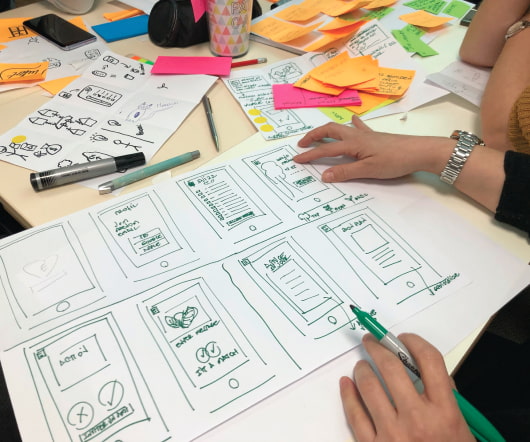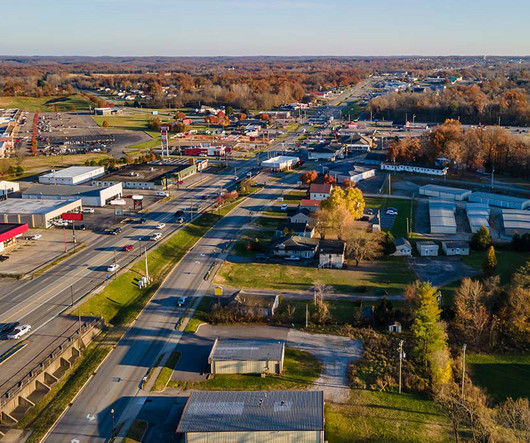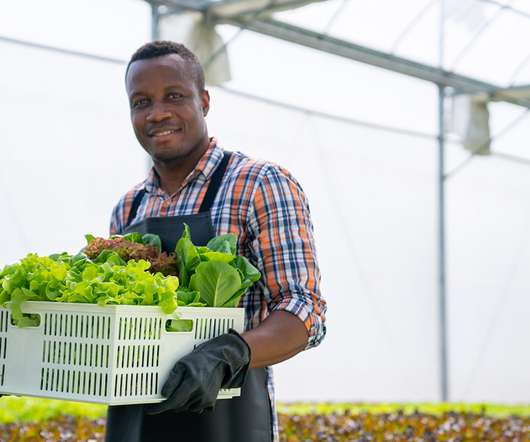Making Policy Work for Rural Communities: The Value of Community Voice
NonProfit Quarterly
MAY 31, 2023
This article is the second in the series Eradicating Rural Poverty: The Power of Cooperation. Public funding programs often include conditions that exceed the capabilities of high-poverty areas, such as requiring matching funds that these areas do not have. A different approach that centers community voice is sorely needed.


































Let's personalize your content